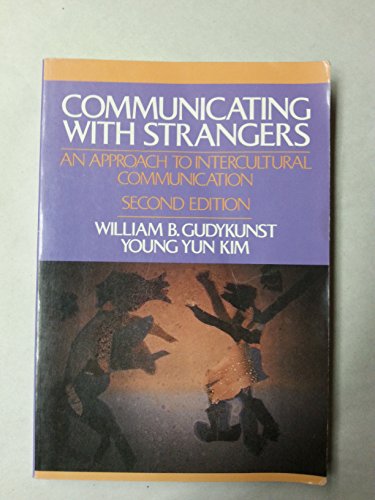Synopsis
Addressing the needs of one of the fast growing courses in the US, the second edition of this inter-cultural communication text demonstrates how to overcome the stereotypes we attribute to people who are unknown or unfamiliar strangers when we first meet them. The revision is a thorough updating and reorganization. In addition, the book stresses competent communication, with applied theory and research as its base. The book provides a framework for understanding core theory, using the concept of the "stranger" - that is, anyone who is met from the first time, such as someone from another cultural group, and the assumptions we automatically make about that person. It also examines the cultural, sociocultural, psychocultural and environmental influences on intercultural communication, and shows readers how to decode "messages" others send, both verbal and nonverbal. This edition includes new coverage of interpersonal relationships and conflict across cultures, and concludes with an entirely new chapter on building community through diversity including a discussion of ethics. Finally, there is an extended discussion of ethnic identity and and coverage of uncertainty and anxiety reduction, of mindfulness and of the sources of communication behaviour.
From the Publisher
Based on recent research, this edition expands its coverage of interethnic dating, ingroup biases, ethnic identities, prejudiced communication, face and facework, cultural and ethnic differences in conflict, and changing expectations for strangers' behaviors.
Theoretical material is well supported and clarified by examples, figures and tables.
A strong focus on theoretical issues is balanced by text that applies theory to the real task of communication.
Unique Chapter 15 Community through Diversity concludes the text. This chapter is regarded by students as a highly effective way to wrap up the course.
Principal theories of intercultural communication have been incorporated throughout the book. Examples included theories on identity negotiation and identity management in Chapter 4, theories of overt and covert prejudice in Chapter 5, theories such as conversational constraint theory and communication accommodation theory in chapter 8, and face-negotiation theory in chapter 11.
"About this title" may belong to another edition of this title.
